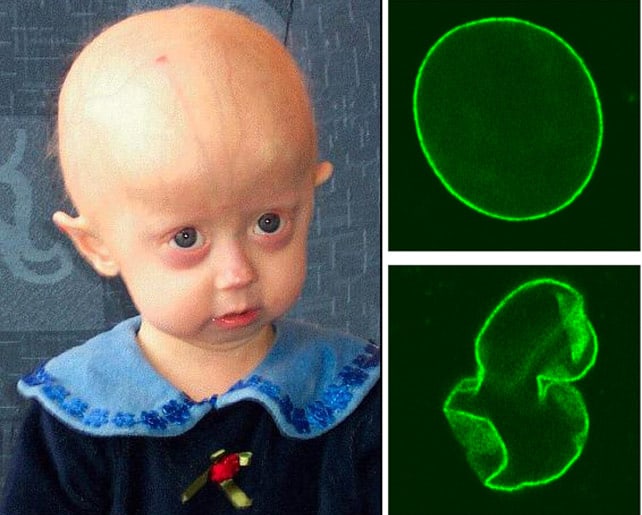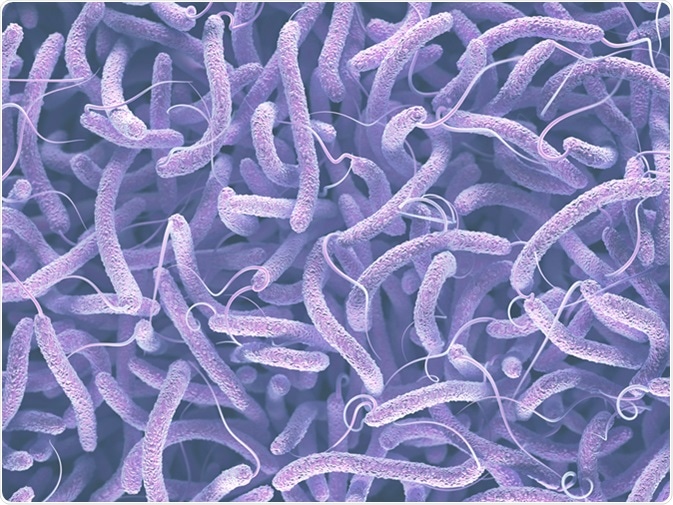Cholera and Outbreaks of Other Water-borne Diseases Workshop More than 80 participants from the Caribbean attended the workshop which aimed to increase national preparedness and response capacity to train key personnel in strategies for managing Cholera outbreaks and to identify the main areas for strengthening national response plans for health emergencies. Cholera was prevalent in the US.
The goal of Food and Water-borne Diseases Prevention and Control Program is to reduce the morbidity rate and eliminate deaths due to diarrhea.

Water borne diseases cholera. GCPM is able to produce high resolution risk maps on weekly basis with a prediction lead time of four weeks. Generally if blood is passed the illness is not diarrhea but dysentery. Overcrowded communities with poor sanitation and unsafe drinking-water supplies are most frequently affected.
COMMON SOURCES OF INFECTION Drinking Water Contaminated at its source. It is almost always transmitted by water or food that has been contaminated by human waste. Outbreaks of waterborne diseases often occur after a severe precipitation event rainfall snowfall.
Waterborne diseases are caused by a variety of microorganisms biotoxins and toxic contaminants which lead to devastating illnesses such as cholera schistosomiasis and other gastrointestinal problems. The program also aims to reduce the number of all typhoid paratyphoid and cholera outbreaks to one percent or one per 100000 populations annually. Dont Drink the Water.
These are being used by several aid organizations. When people get cholera it needs to be treated urgently using oral re-hydration solutions so the sufferer doesnt get dehydrated or go into shock. Diarrhea though common and easy to treat in sanitary living conditions can be deadly without medical care and clean water since the rapid loss of fluids can lead to severe dehydration.
Cholera is a bacterial infection which is caused by drinking contaminated water or eating food that has been in contact with contaminated water. In the 1800s before modern water and sewage treatment systems eliminated its spread by contaminated water. Types of waterborne diseases include diarrhea dysentery and cholera.
Disease which are often water-borne Cholera Typhoid Infectious hepatitis Giardiasis Amoebiasis Dracunculiasis Faeces Faecesurine Faeces Faeces Faeces Cutaneous Oral Oral Oral Oral Oral Oral Diseases which are often associated with poor hygiene Bacillary dysentery Enteroviral diarrhea Paratyphoid fever. Cholera outbreaks can occur sporadically in any part of the world where water supplies sanitation food safety and hygiene practices are inadequate. Analysis of hospital records showed significant difference in the occurrence of water-borne diseases among residential areas P 005.
The disease and how it affects people. Cholera Enteric Fevers Typhoid and Paratyphoid Hepatitis A Hepatitis E Salmonellosis Food Poisoning Air-Droplet-Borne Diseases Vector-Borne Zoonotic Diseases Food-Water-Borne Diseases Blood-Borne Diseases Environmental-Related Diseases HIVAIDS STIs Tuberculosis Leprosy Childhood Immunisation. Water borne diseases can be transmitted through ice prepared with water from unreliable sources.
Epidemic DysenteryWater-Borne Diseases. The water-borne diseases can also occur if contaminated water is used for washing utensils fruits and vegetables especially if these are eaten raw. Scourge of the PoorEpidemic Dysentery Dysentery is an inflammation of the intestine characterized by the frequent passage of feces with blood and mucus.
Prevention How many people are effected. Cholera in Sudan 2019. Cholera is a highly infectious disease that was prevalent in the 1800s when proper water treatment systems were not yet in place.
Surface water and water from shallow wells are common sources of infection where bathing or washing cooking utensils in contaminated water can also transmit cholera. Cholera is a diarrheal disease caused by the bacterium Vibrio cholerae. About 45 of water-borne diseases were reported in July to September.
Only about 10 cases of cholera are reported each year in the US. This is a sample video of prediction of cholera a water-borne diarrheal disease that was produced using our Global Cholera Prediction Model GCPM. Typhoid fever had the highest occurrence 393 followed by bacillary dysentery and cholera.
Consequently outbreaks of waterborne diseases including cholera typhoid fever bacterial dysentery and hepatitis E often occur endangering the lives and wellbeing of millions of people not just in Sub-Saharan Africa but in the entire global community as a whole. Though rare in the United States today cholera is still pervasive in developing countries with poor sewage systems. Contaminated seafood rarely has.
74 III FOOD-WATER-BORNE.
Some conditions that are not considered rare are on this list and. The coronavirus pandemic claims another victim.
 10 Rarest Diseases In The World Rarest Org
10 Rarest Diseases In The World Rarest Org
Check out Genetics Home Reference to see fact sheets about more than 1200 diseases and conditions.

Rare but deadly diseases. Get in touch with the Genetic and Rare Diseases Information Center GARD to connect with helpful resources and specialists who can talk to you about your condition. Even today if not treated the disease is deadly. Parents who lost children to the disease wonder why no one mentioned a vaccine.
Inclusion on this list does not serve as official recognition by the NIH that a disease is rare. Medical research for deadly rare diseases Anissa Merriam who has a rare degenerative form of. Meningitis B vaccine advocate Patti.
The plague of the 14th-century resulted after the rare bacteria had been dormant for centuries in Asias Gobi Desert. Reddy who was diagnosed 27 years ago at the height of her performing career can easily understand why. Genetic and Rare Diseases Information Center GARD - PO Box 8126 Gaithersburg MD 20898-8126 - Toll-free.
NORDs Rare Disease Database provides brief introductions for patients and caregivers to specific rare diseases. Visit the Rare Diseases Clinical Research Network website to get information about many uncommon conditions. Not much you would think but they do share a rare - and potentially fatal - illness known as Addisons disease.
For language access assistance contact the NCATS Public Information Officer. Enhancements to NORDs Rare Disease Database and website were made possible through a grant from the Anthem Foundation the charitable arm of Anthem Inc. If you have problems viewing PDF files download the latest version of Adobe Reader.
The former US president never admitted to having the disease although medical records prove that he was a sufferer. Meningitis B is rare but deadly. Browse the GARD list of rare diseases and related terms to find topics of interest to you.
Botulism infections are rare but potentially fatal. Bacteria enter the body through improperly processed foods or through an open wound and produce a. This list includes the main name for each condition as well as alternate names.
ads

